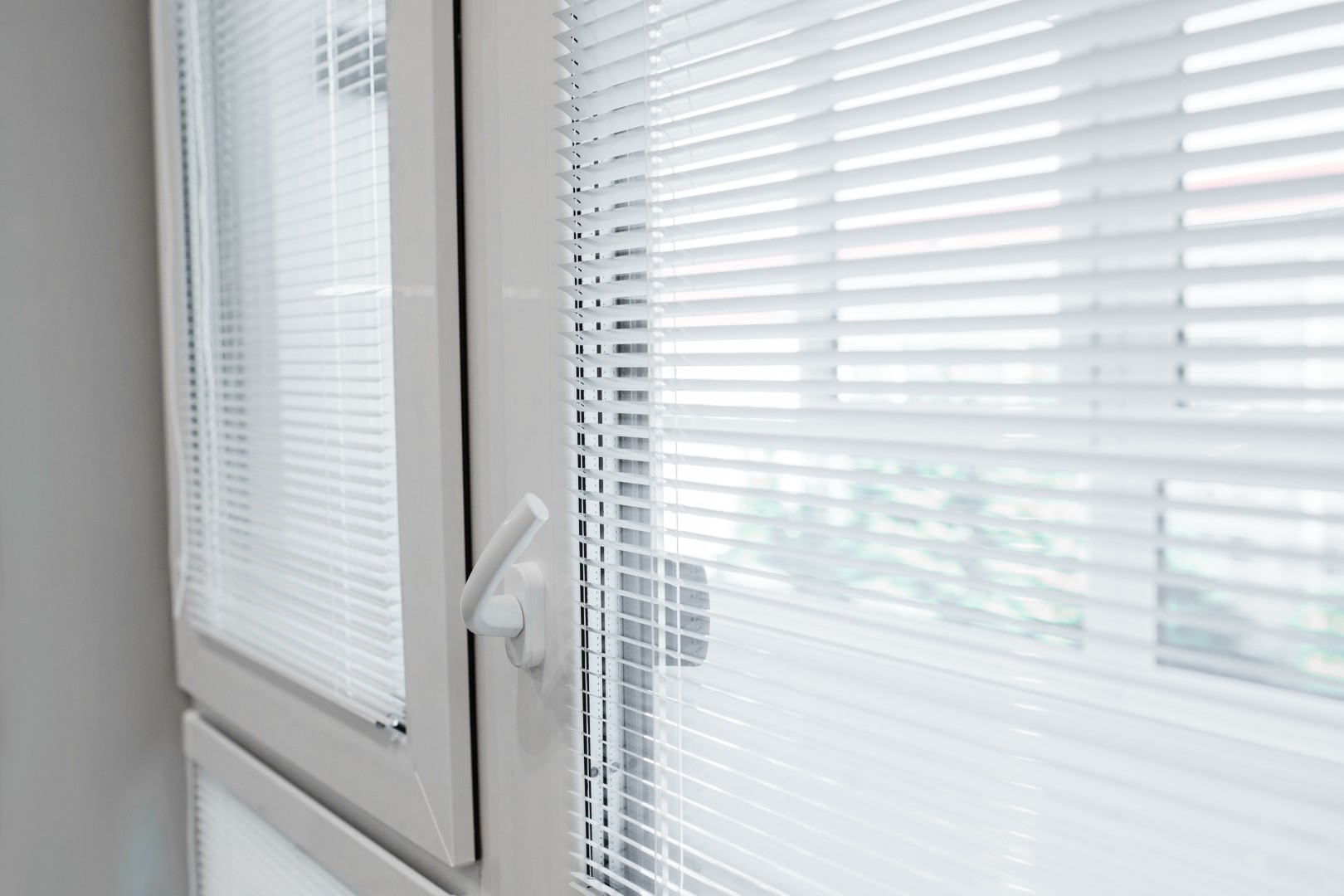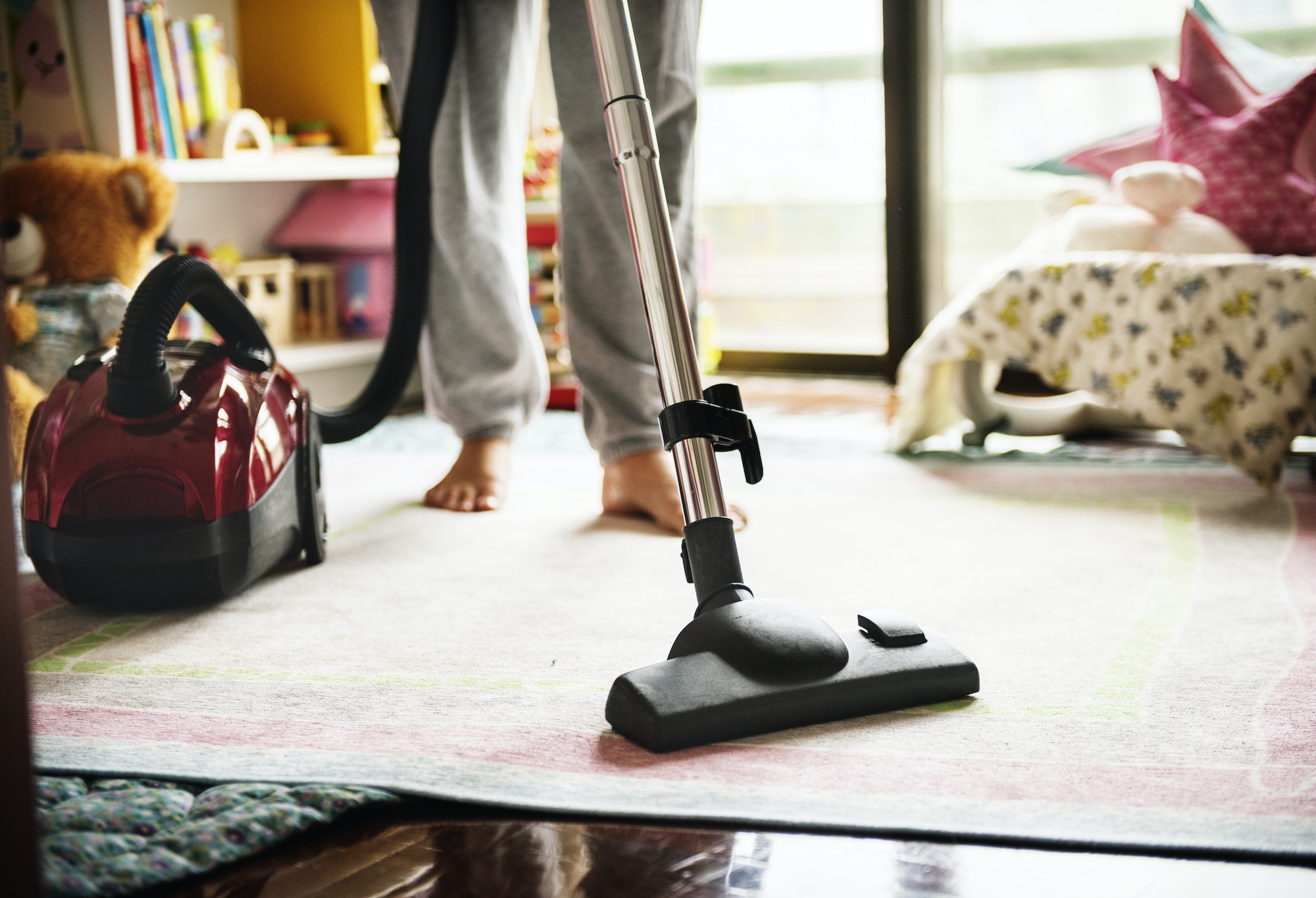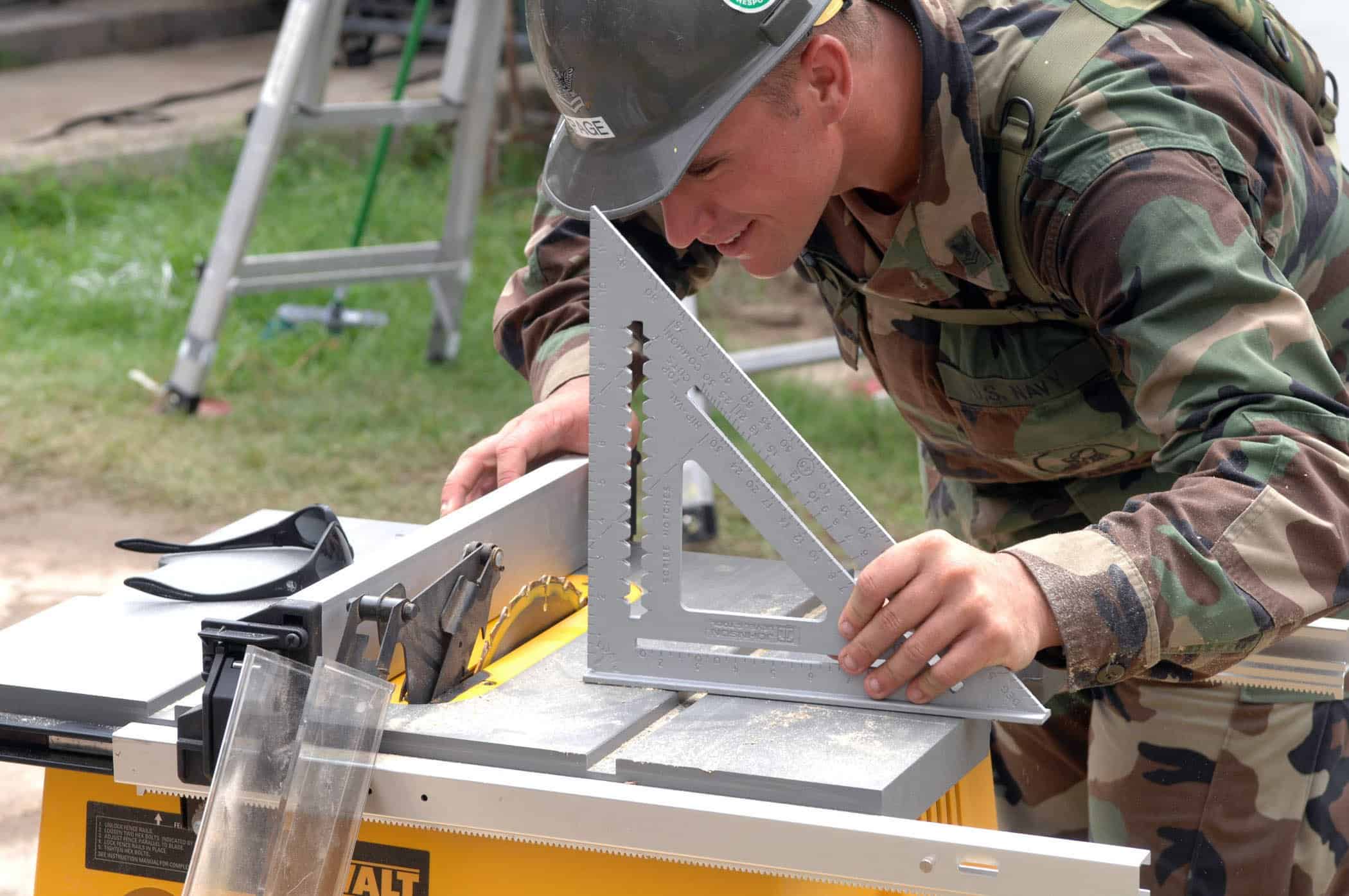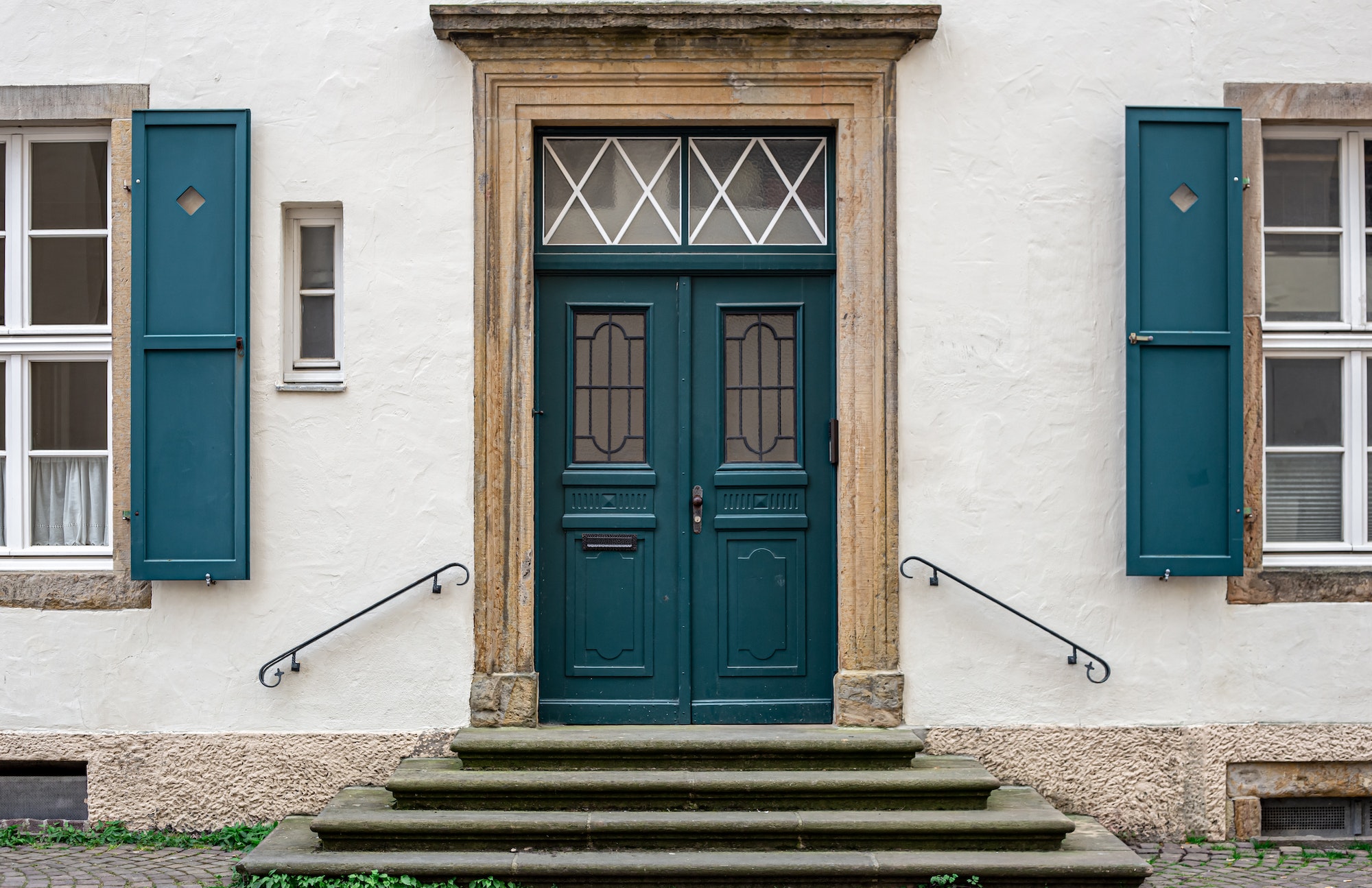Home decor speaks volumes. It is more than aesthetics. It is about functionality, energy efficiency, and lifestyle. And among the silent but significant players in this mix are smart blinds. At its core, smart blinds are window coverings endowed with technology. This enables them to adjust automatically based on scheduled rules or conditions.
In the sections below, we will delve deep into the world of smart blinds, their role in promoting energy efficiency, their potential for cost savings, and important factors to consider when purchasing and installing them in your homes.
Table of Contents
The Role of Window Coverings in Homes
The US DOE resource “Energy Efficient Window Coverings | Department of Energy” estimates that 30% of the average home’s heating energy is lost through poorly sealed and covered windows. The DOE recommends adding multiple window treatments to “help with this energy loss and lower energy bills.” These include adjustable or retractable awnings, roller shades, cellular shades, drapes, and blinds. Smart window coverings operated remotely via a phone or voice commands are especially helpful because they allow you to maximize natural light on cold days and reduce natural light on hot days. They are fairly effective at “improving thermal performance of windows and reducing solar heat gain.” The efficient use of energy in homes plays a significant role in reducing our overall energy consumption. This, in turn, results in a lesser burden on the environment.
How Smart Blinds Can Help with Energy Efficiency
Set Up Automation or Integration
The automation feature of smart blinds, such as opening or closing based on the time of day, ensures optimal use of natural light, helping maintain a comfortable temperature in the room. This will reduce the need for air conditioning, heating, or artificial light hence resulting in energy savings. Integrating smart blinds with other energy-saving measures can further augment energy efficiency. For instance, coupling smart blinds with a smart thermostat can lead to even greater energy savings.
Consider Solar-powered Blinds
Solar panels can generate enough electricity to power your smart blinds, so you won’t have to worry about plugging them in to operate them, which makes them even more convenient to use. Even during a power outage, smart blinds with a solar panel can operate as usual. Solar power is a renewable energy resource, so using solar-powered smart blinds can help reduce your carbon footprint and help the environment.
Try Cellular Shades with Honeycomb Structure
The cells of honeycomb shades can trap air in a more efficient way, which acts as an insulator. This helps to keep heat in during the winter and heat out during the summer. This structure also helps to reduce drafts around windows. Drafts can waste energy by letting heated or cooled air escape from your home. If you are looking for an energy-efficient and stylish window treatment, cellular shades are a great option.
Cost Savings with Smart Blinds
The initial investment in smart blinds may seem high, but the long-term savings are considerable. Reduced energy consumption results in lower energy bills. Over time, these savings can offset the initial cost of the smart blinds.
Another factor contributing to cost savings is the longer lifespan of smart blinds. Because they operate on defined schedules and rules, the wear and tear are considerably less than manual blinds, reducing the chances of frequent replacements.
Adding up the energy savings, reduced replacement costs, and the added convenience of automation, smart blinds offer a rewarding return on investment.
Fortunately, some brands are making smart blinds more affordable for everyone. We recently discovered Allesin, a new brand that offers feature-rich smart blinds at a reasonable price, and they can be custom-made to perfectly fit your window size.
Factors to Consider When Choosing Smart Blinds
When it comes to purchasing smart blinds, some factors must be considered. Start by identifying the size and type of blinds that will work best for your home. Make sure to measure your windows carefully and choose blinds that are the correct size.
The compatibility of smart blinds with your existing smart home system is another crucial factor. Some smart blinds work with popular home automation systems such as Amazon Alexa and Google Assistant, while others might require a separate app or hub.
Installation and Setup of Smart Blinds
The installation process of smart blinds is reasonably straightforward. With the correct tools and a bit of patience, most homeowners can install smart blinds as a DIY project.
The setup process involves pairing the smart blinds with your smartphone or home automation system. This allows for the operation and scheduling of the blinds via an app or voice control.
While the process is fairly easy, professional installation is also an option for those who prefer it. This ensures perfect fitting and operation, although at an additional cost.
Smart blinds are an investment in our future – a future where we live in harmony with our environment. They combine the convenience of automation with the benefits of energy efficiency, enabling us to reduce our carbon footprint and save on costs. So, when it comes to giving your home a smart upgrade, don’t override the blinds!
Discover more from Futurist Architecture
Subscribe to get the latest posts sent to your email.




